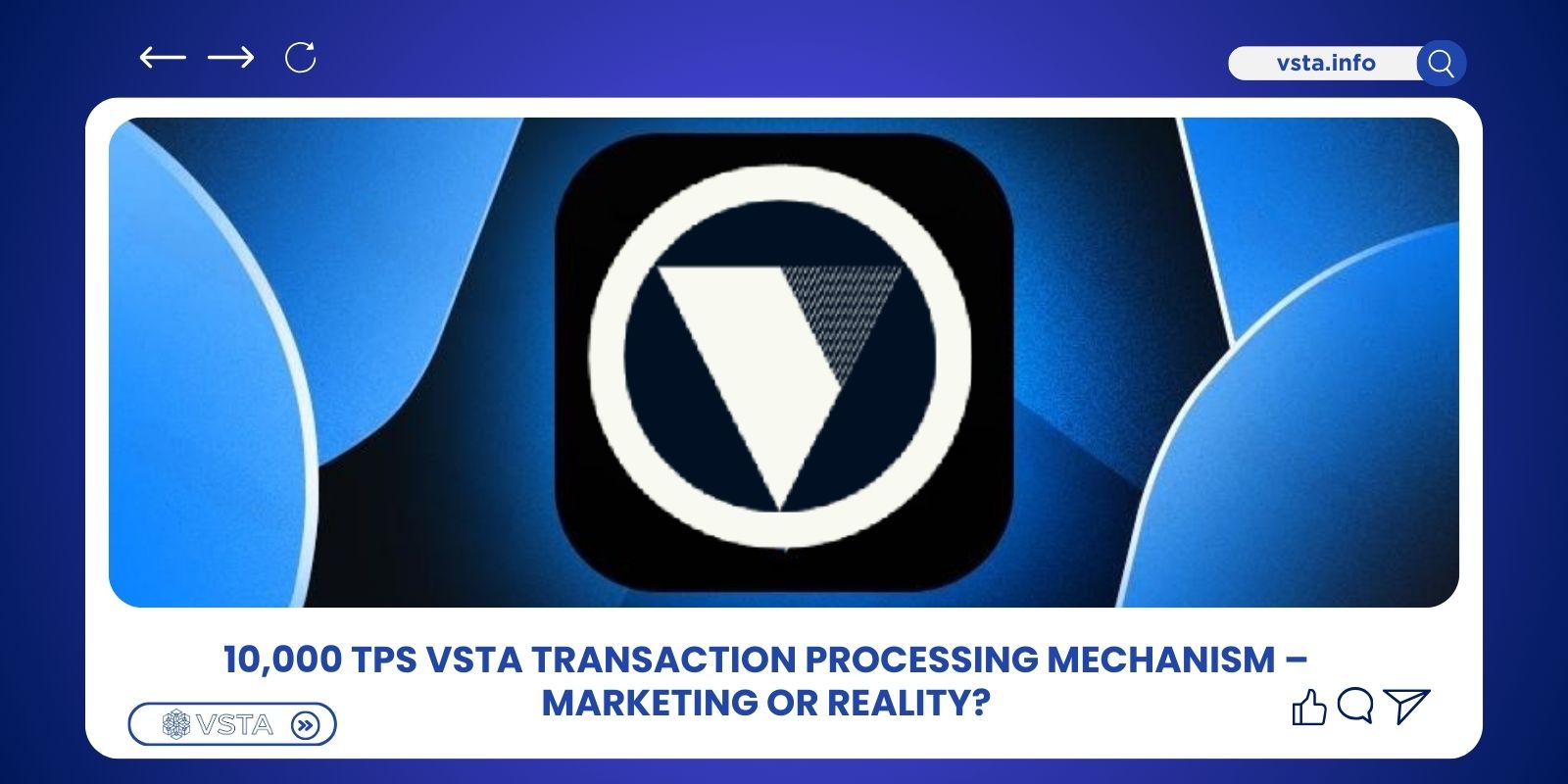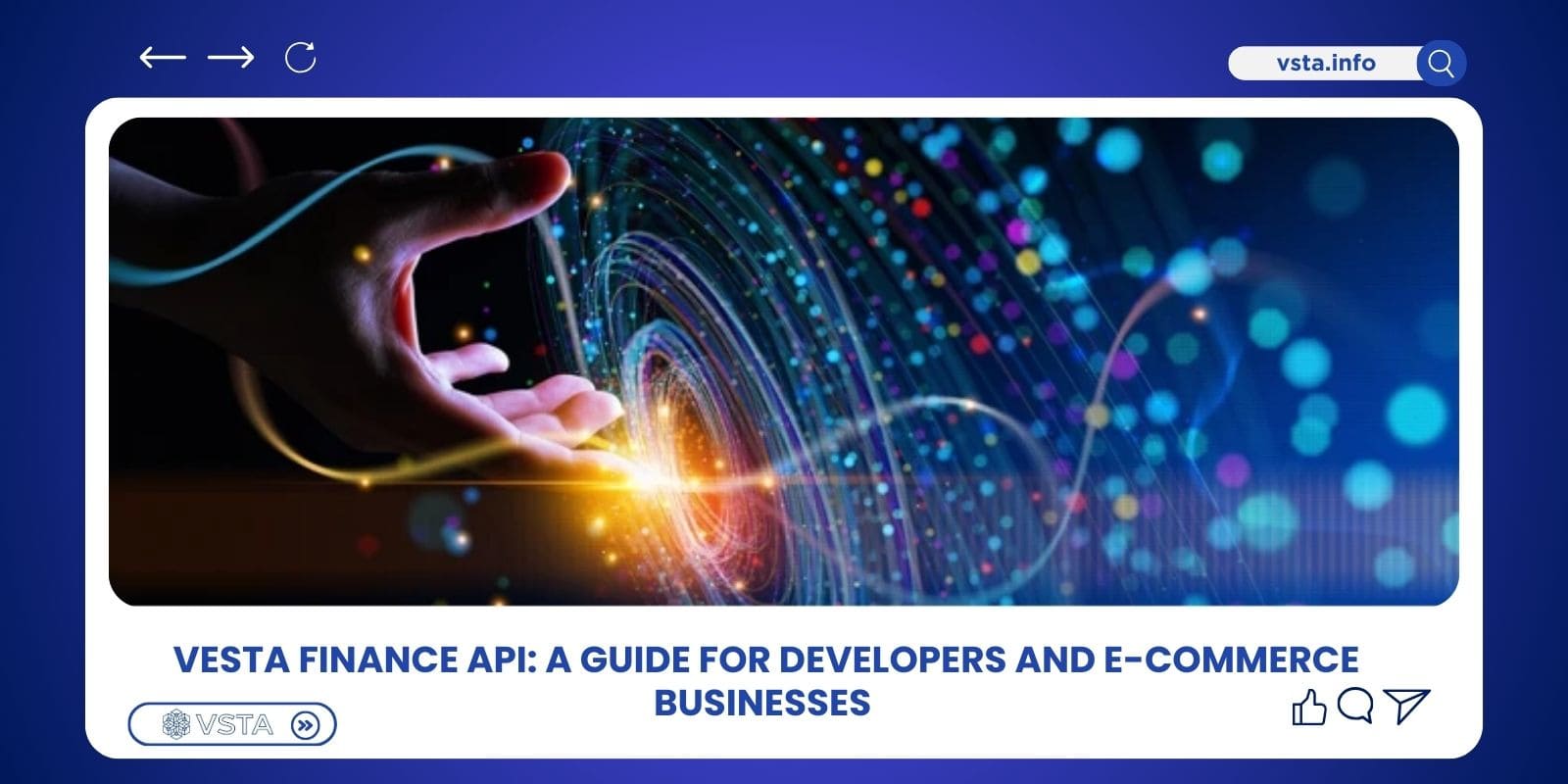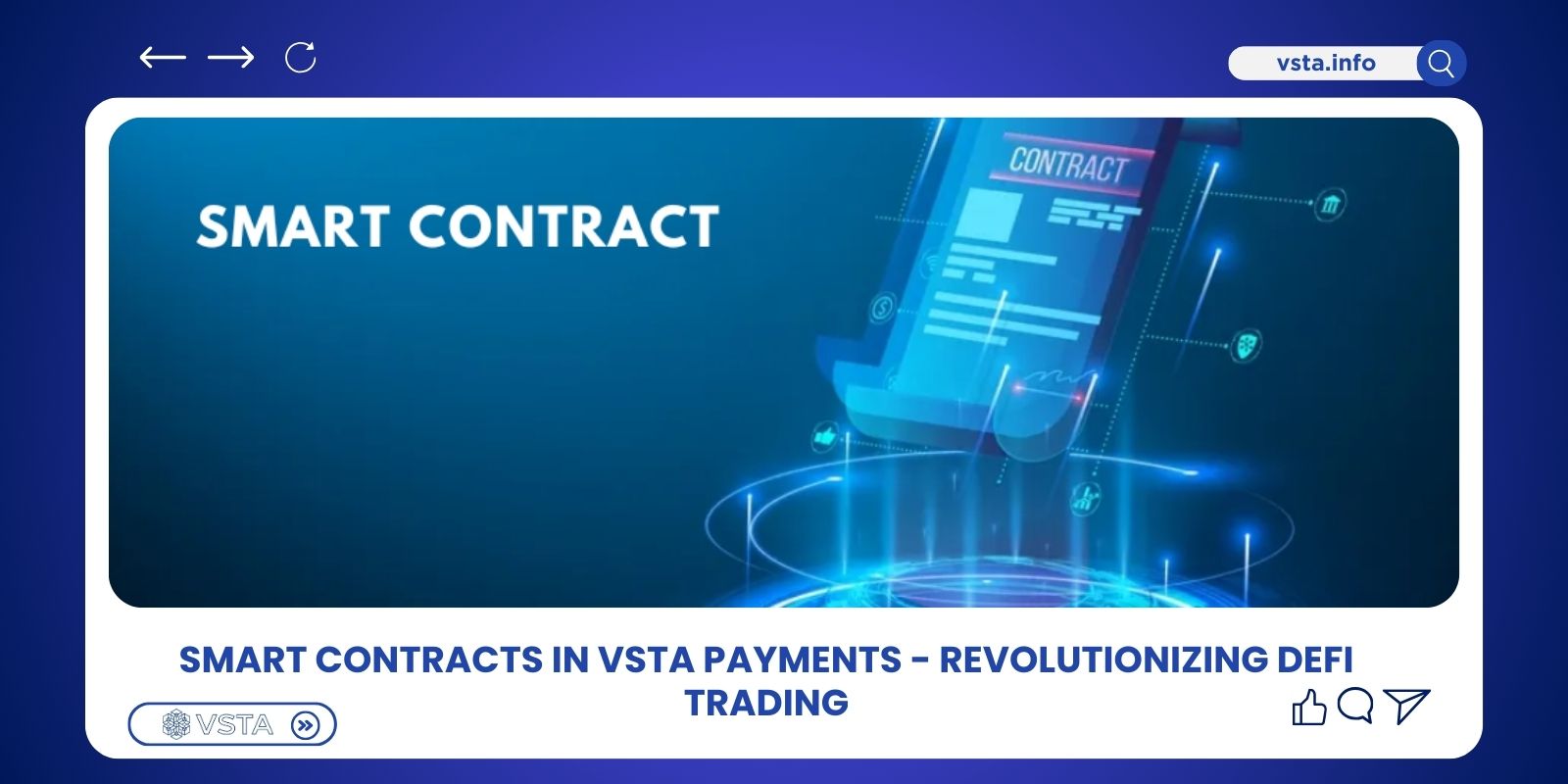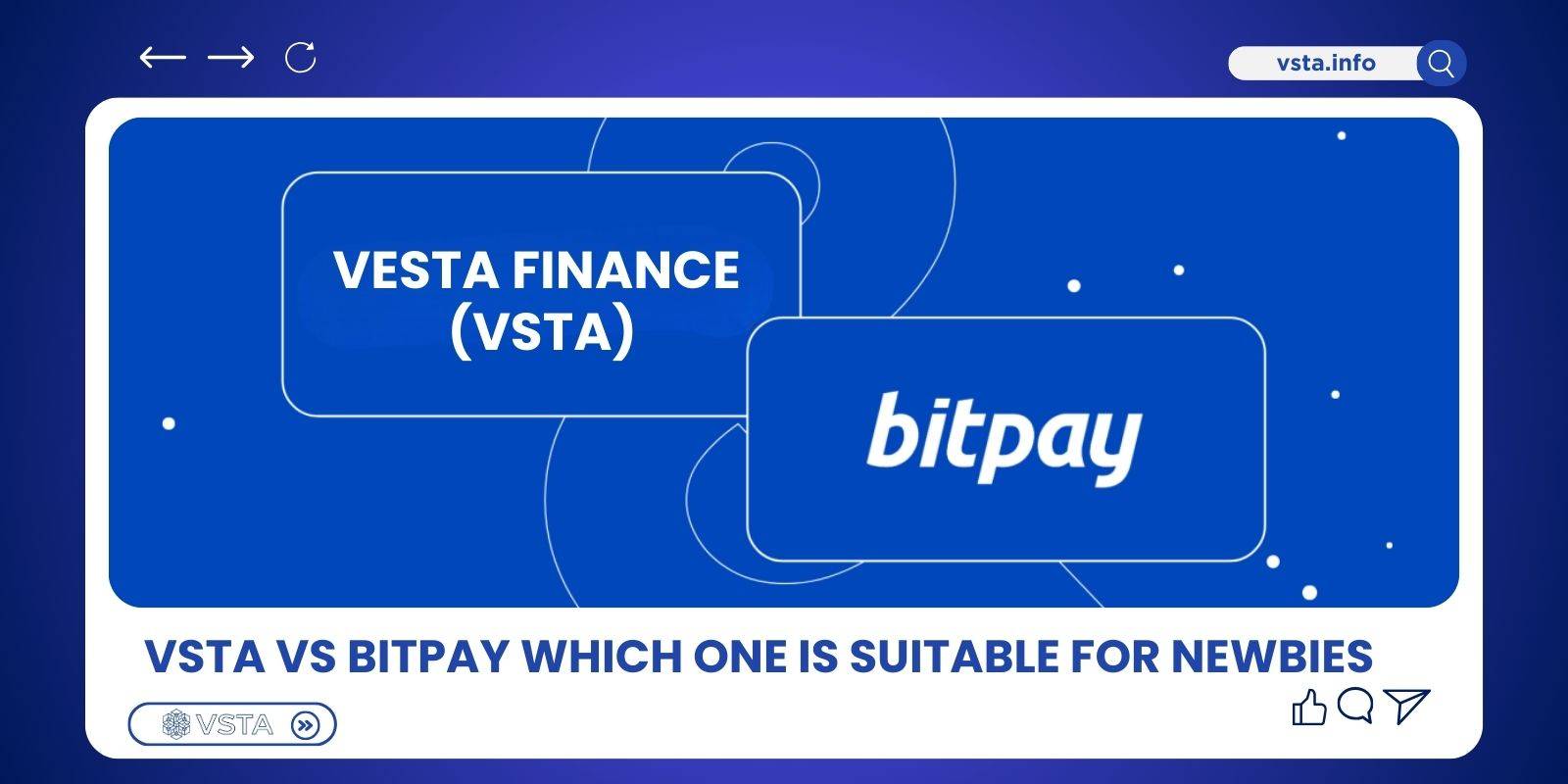Vesta Finance is part of the DeFi ecosystem, providing users with the ability to participate in financial markets without relying on traditional financial institutions. For those exploring how to get involved with Vesta Finance, understanding the VSTA transaction processing mechanism is crucial to optimizing returns and minimizing risks. Check out the article below from VSTA for more details.
VSTA Transaction Processing Mechanism
The transaction mechanism of VSTA is designed around its decentralized stablecoin, VST. Users can mint, redeem, trade, and participate in collateral liquidations directly through smart contracts. A key highlight is that VSTA leverages Arbitrum Layer 2, which significantly reduces gas fees and improves transaction speed.
VSTA transaction mechanism in Collateralization and Issuance
Users deposit collateral assets such as ETH into the Vault and receive stablecoin VST according to a safe collateralization ratio. This is the first step in the VSTA transaction mechanism, ensuring that VST is always backed by real assets. The entire process is executed on-chain, making it transparent and independent of any third party.
VSTA transaction processing mechanism in Swapping and Using Stablecoins
After issuing VST, users are free to swap it on AMMs such as Curve or Uniswap. The VSTA transaction mechanism is supported by an oracle system (Chainlink), which updates asset prices in real time. At the same time, the protocol applies a batching transactions method to optimize costs and increase throughput.
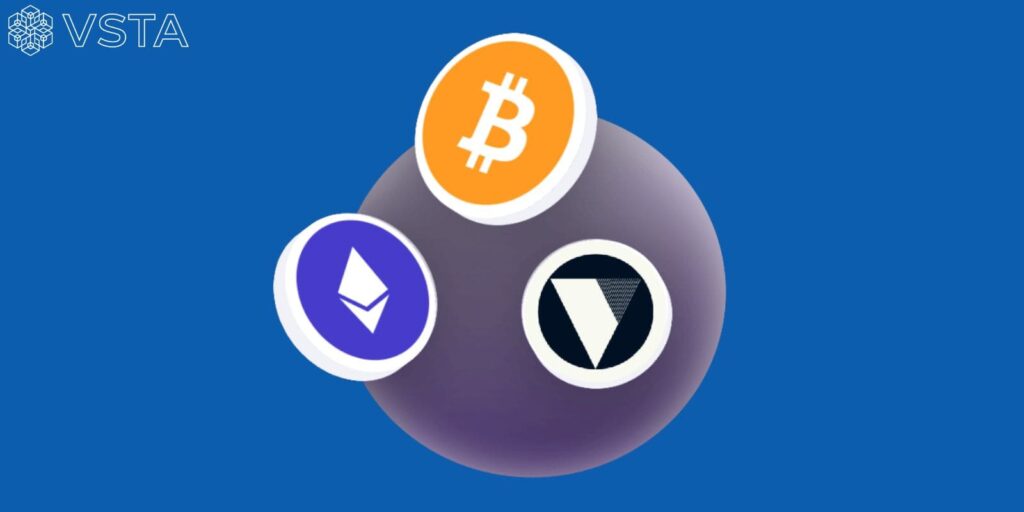
VSTA transaction processing mechanism in Asset Liquidation
When the value of collateral falls below the safe threshold, the smart contract automatically triggers the liquidation mechanism. Liquidators can purchase collateral assets at a discount to repay VST. This is considered a crucial part of the VSTA transaction mechanism, as it ensures the overall system’s safety and maintains the stability of the VST stablecoin.
VSTA transaction mechanism in Maintaining Stablecoin Stability
VST is kept pegged at 1 USD through an arbitrage mechanism. If the price of VST rises above 1 USD, users can mint more and sell it to restore balance. Conversely, if VST falls below 1 USD, they can buy it to repay Vault debt. This creates a self-correcting loop in the VSTA transaction mechanism, maintaining investor confidence in the stablecoin’s value.
Benefits of Understanding the VSTA Transaction Processing Mechanism
Better knowledge of the VST stablecoin: By understanding the VSTA transaction processing mechanism, investors will know how VST is minted, circulated, and maintained at its 1 USD peg. This allows them to develop effective strategies for using the stablecoin — from borrowing and repaying debt to trading on AMMs.
Identifying stability and risks: The VSTA transaction processing mechanism reveals how the system operates when collateral value drops. By knowing the liquidation and peg-balancing process, investors can anticipate risks and take preventive actions, instead of relying solely on project marketing claims.

Leveraging transaction speed: Thanks to its deployment on Arbitrum Layer 2, the Vesta Finance transaction processing mechanism is optimized with low costs and high speed. Users can take advantage of this in arbitrage strategies or high-frequency trading.
Making smarter investment decisions: Understanding the VSTA transaction processing mechanism helps investors avoid being swayed by marketing numbers such as “10,000 TPS.” Instead, they can rely on real data for evaluation, building more sustainable and lower-risk investment strategies.
10,000 TPS VSTA Transaction Processing Mechanism – Marketing or Reality?
The claim of a 10,000 TPS Vesta Finance transaction processing mechanism is more marketing than reality. VSTA (Vesta Finance) is a multi-asset lending protocol on Arbitrum with its governance token and the decentralized stablecoin VST. The truth is that TPS capacity is determined by Arbitrum, not by Vesta Finance itself. From this perspective, the 10,000 TPS figure is more of a theoretical assumption rather than a proven benchmark.
For investors, the key takeaway is not to rely on marketing slogans but instead to analyze the protocol through practical mechanisms and real-world data. Otherwise, they may face unnecessary risks, such as:
- Insufficient VST liquidity: A shallow liquidity pool may cause the peg to lose balance.
- Smart contract risks: Errors in batching or off-chain processing could affect the entire transaction system.
- High speed without broad adoption: Even with fast transactions, lack of widespread adoption will not guarantee success.

4 Technologies Applied in the VSTA Transaction Processing Mechanism
Vesta Finance (VSTA) leverages four core technologies — Optimized Smart Contracts, Batching Transactions, Layer 2 Scaling, and Off-chain Order Matching. Here’s how each of them works:
Optimized Smart Contracts
One of the key elements in the VSTA transaction processing mechanism is the optimization of smart contracts. Solidity code is streamlined, removing unnecessary complex functions to minimize gas consumption. This ensures faster confirmations, lower costs, and overall higher system performance — laying the foundation for VSTA’s ambition to achieve thousands of TPS.
Batching Transactions
Instead of processing each order individually, the VSTA transaction processing mechanism applies batching — combining multiple small transactions into one large transaction. This technique not only saves network resources but also significantly increases throughput. With batching, hundreds of swap or repay actions can be recorded in a single execution, reducing stress on the blockchain.

Layer 2 Scaling with Arbitrum
VSTA is deployed on Arbitrum, a Layer 2 solution for Ethereum that enables much faster transaction processing than traditional Layer 1. This forms a crucial pillar of the VSTA transaction processing mechanism, as Layer 2 scaling reduces network congestion and gas fees while inheriting Ethereum’s robust security.
Off-chain Order Matching
In certain modules, the VSTA transaction processing mechanism integrates off-chain order matching. Complex calculations, such as trade matching, are handled off-chain, with only the final result recorded on-chain. This approach greatly reduces on-chain workload while maintaining transparency and trust.
Conclusion
The VSTA transaction processing mechanism is designed around its decentralized stablecoin, VST. Users can mint, redeem, trade, and participate in collateral liquidation directly through smart contracts. By leveraging Arbitrum Layer 2, VSTA reduces gas fees and accelerates transaction speeds, allowing the system to outperform many other DeFi protocols. Hopefully, this breakdown helps users better understand how VSTA works and make smarter investment decisions.
